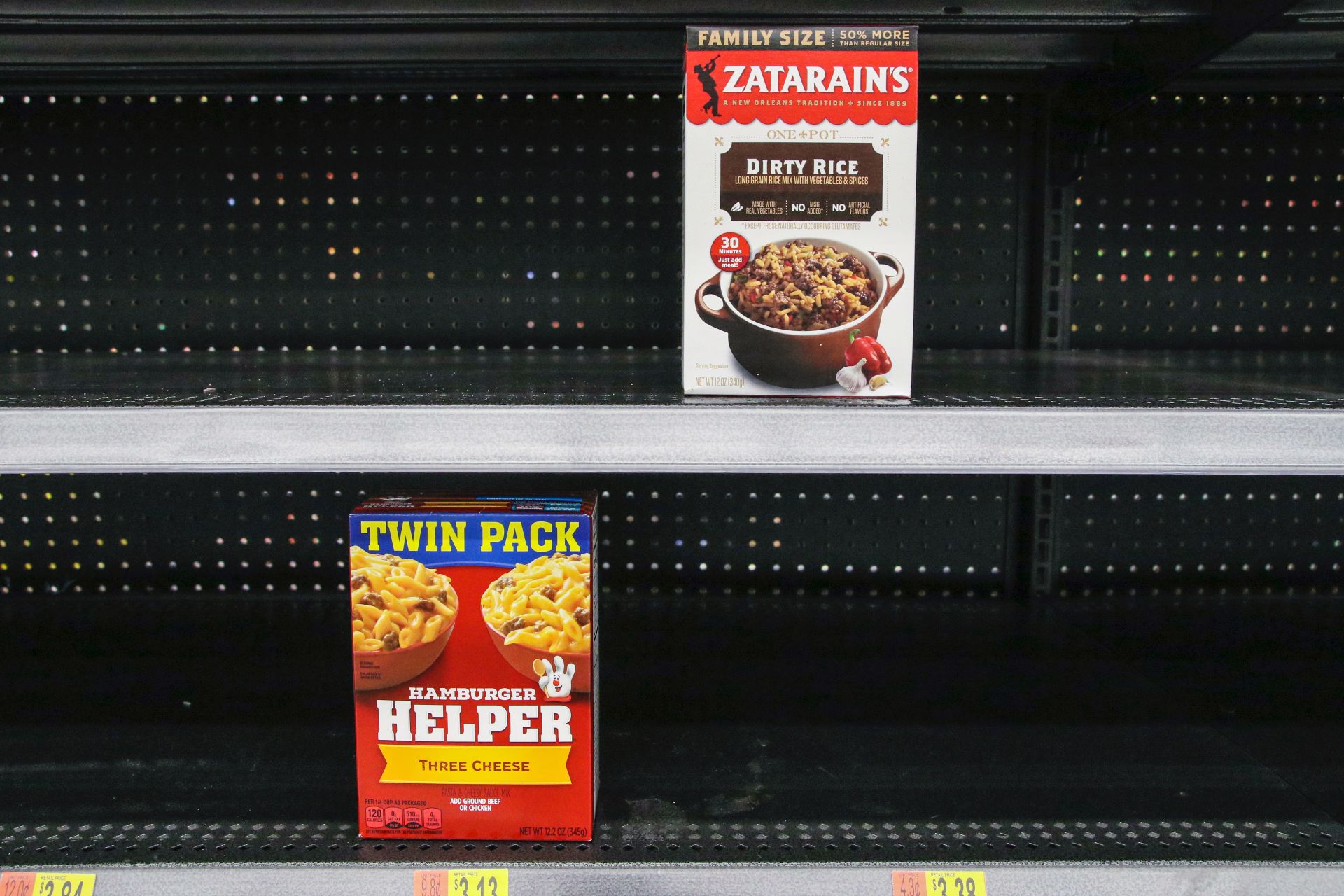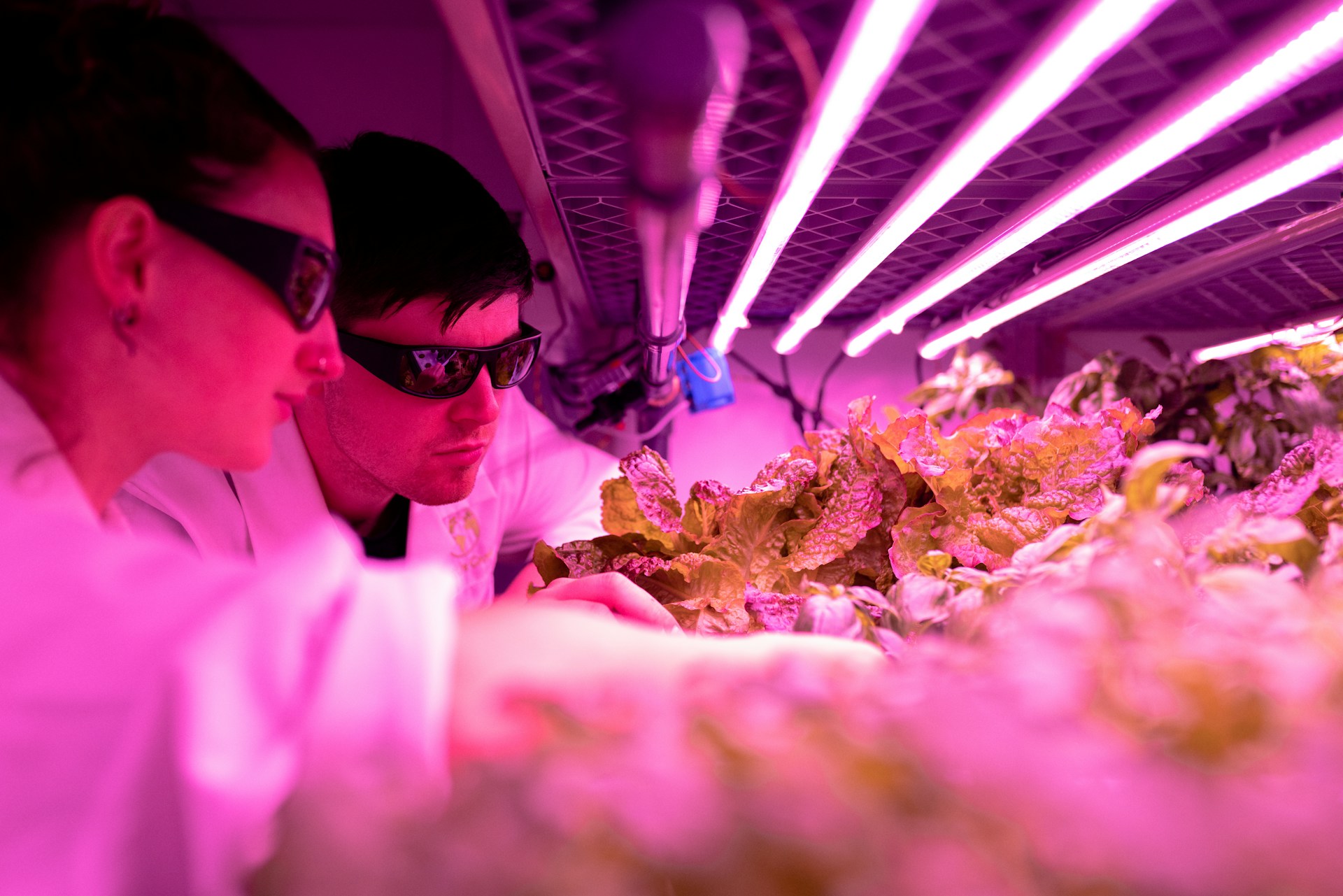
What Will Cause Food Shortages in 2023 and Beyond?
June 9, 2022 - Emily Newton
Revolutionized is reader-supported. When you buy through links on our site, we may earn an affiliate commission. Learn more here.
People worldwide have undoubtedly heard a lot about the recent food shortages. Perhaps individuals have even experienced their impacts already. But what caused the food shortages in 2022 and continues to pose a greater difficulty in getting consumables that were once widely available? Here is a closer look.
COVID-19
Although the COVID-19 crisis has lessened in many parts of the world, it’s still causing problems in others.
Chinese Residents Rush to Buy Food and Supplies
China embraced a zero-COVID policy until relatively recently. Although its citizens are now free from lockdowns, the virus has sickened a tremendous amount of people in the country.
The associated disruptions have strained the availability of essential supplies, particularly as some residents engaged in panic-buying once restrictions eased. Products like lemons and peaches are largely unavailable because people need them to make home remedies for COVID-19 that are widely utilized among Chinese residents. People also raced to buy COVID-19 testing kits, ibuprofen and cold medicines as they anticipated a winter surge in sicknesses.
Unfortunately, these more recent food shortages only compounded issues that become prevalent in 2022. Government officials in the Jilin province said about one-third of farmers needed more fertilizer for their 2022 spring planting. The persistent lockdowns in China caused challenges in getting raw materials, too.Additionally, trucks carrying supplies were sometimes barred from entering areas under lockdowns. The earlier food security stresses could make it more difficult for China to bounce back from the present pressures and return to the country’s expected food export numbers.
COVID-19 Worsened Food Insecurity in Australia
Australia is another place where many people are still grappling with COVID-19 effects. Some started in 2021 when Japanese restaurants in Australia faced sushi shortages. COVID-19 labor issues and transportation troubles made it more difficult to source food. Overseas suppliers also caused a 46% rise in export costs by sourcing fish from Tasmania. The food shortage was still in full force as of April 2022.
That may seem like a minor problem. Indeed, restaurants specializing in sushi may need to expand their products to include what’s more readily available, but that strategy risks disappointing customers. It could also cause business closures if restaurant entrepreneurs cannot pivot quickly enough and get people interested in foods that are easier to source.
However, a 2022 study showed COVID-19 had much worse effects among Australians. It exacerbated existing food insecurity and caused some people to experience it for the first time. Sometimes, the problem occurred because of higher food prices. However, compounding factors often worsened the overall situation. For example, if people lost their jobs during the pandemic or feared that possibility, they often chose cheaper and less nutritious consumables.
COVID-19 Worsened Food Insecurity and Overall Access in the United States
The United States was not immune to recent food shortages. A recent academic study assessed how the pandemic affected people’s willingness to work in the meatpacking sector. It found that the industry had a labor shortage before the pandemic. However, COVID-19 exacerbated it, especially as workers became ill during outbreaks. These effects negatively impacted the kinds of meat available and the overall supply.
Many people can recall the early days of the pandemic when certain in-demand items were hard or impossible to find. That was partially due to some consumers hoarding them. However, the highly contagious omicron variant had similar effects for a different reason — there were so many people out sick that their absences had ripple effects across the food supply chain. At the Southeastern grocery chain Piggly Wiggly, one-third of the distribution center staff could not work.
Data from Feeding America also showed how the pandemic worsened food insecurity, especially within minority groups. For example, Black Americans were more likely to experience it than White Americans. The organization warned that it would take time for food insecurity recovery to happen, too.Challenges also arose as the United States struggled to curb surges of COVID-19 and other respiratory illnesses during the winter months of 2022 and 2023. Data from the Centers for Disease Control and Prevention published in early January 2023 indicated 23 jurisdictions had high or very high respiratory illness activity. Such conditions could cause frequent absences among people who stock grocery store shelves, deliver food goods or otherwise ensure access remains consistent.
Climate Change and Extreme Weather
Scientists warn climate change and weather extremes will affect vital things like crop production. Some such issues have already caused concerns about a food shortage in 2022. In Afghanistan, many farmers struggle to have fruitful harvests due to persistent droughts. Regardless of what the weather does, topsoil health affects crop yields, too. Estimates suggest healthy topsoil helps cultivate 95% of the food humans eat.
Experts also say extreme heat has a significantly detrimental effect on crop productivity. The decline might only occur by a percent or two each year. Even so, that change would hurt farmers’ livelihoods and food availability, especially over time. Research from Oxfam showed a 123% increase in hunger within the 10 places most affected by climate change.Some positive developments have occurred, though. For example, University of Sheffield researchers believe genetically modifying rice to increase salt tolerance could be crucial in addressing food shortages caused by climate change. People also advocate for waste reduction, pointing out how that will reduce food shortages caused by climate change.
Ongoing Work Must Occur
Food shortages caused by climate change will only improve with collective and dedicated efforts. In West Africa’s Sahel region and the Horn of Africa, severe weather is one of several factors perpetuating a food shortage that caused food insecurity for 76 million people and could still get worse.
A study from the United Nations World Food Programme showed the effects of a 35.6 F temperature increase in average global temperatures from pre-industrial levels. That change would see 189 million more people going hungry.
While commenting on his organization’s study, executive director David Beasley said, “Conflict is plunging millions into hunger today, but the climate crisis has the potential to dwarf conflict as the main cause of hunger tomorrow. We urgently need to invest in early warning systems and climate adaptation and resilience programs to avert this looming humanitarian disaster.”
The Ukraine Invasion
Fears of food shortages became even more prominent once Russia invaded Ukraine. Christopher A. Ripple, who teaches an American food governance course at the University of Virginia, said people are right to be concerned. “Our food system relies on the production of a relatively small number of large food commodity exporters. Ukraine and Russia are two of the most significant,” he explained.
He continued, “As a result of the war, harvested crops in Ukraine will not make it to market, and Ukrainian farmers will be prevented from planting for the next harvest. Russia is banning exports of some commodities, and its future exports are in doubt because of sanctions and uncertainties about whether its farmers will have access to seeds and other inputs.”
Early Regional Differences and Ongoing Difficulties
In the United Kingdom, supermarkets began rationing cooking oil to cope with an ongoing shortage hitting that region and others. Russia and Ukraine collectively account for about 60% of the world’s sunflower oil production.
Making matters worse were the rising prices for substitutes, such as rapeseed and palm oil. People may not immediately connect sunflower oil to food shortages. However, it goes into hundreds of types of consumable products. It’s an ingredient in other staples, like cleaning products, too.
As of early March 2022, many Middle Eastern and African nations were already experiencing higher food prices due to the Ukraine crisis. Turkey and Egypt had the biggest resulting disruptions to agricultural deliveries by that point, experts said.
Unfortunately, similar struggles could persist throughout this year or even longer. Ukraine is one of the top grain exporters — however, as expected, the ongoing war has drastically reduced what farmers in the country can harvest. Experts also say they don’t see much relief in 2023. The Ukraine war was not the sole trigger for our current global food shortages, but it’s a significant contributor.
Some people have altered their shopping habits as a result. A January 2023 study of consumers in 10 European countries showed 54% of respondents felt the Ukraine war was the main reason for rising food prices. Nearly the same percentage — 55% — believed the war and its associated effects negatively affected food production.
Food Shortages: Coping Tips for Individuals and Their Families
It’s hard to predict how the issues mentioned here could have impacts outside of this year. However, the practical reality is that none of these issues will magically disappear in the short term. With that in mind, here are some suggestions for how to react to ongoing food shortages.
Be flexible and know each grocery trip may result in incomplete successes. Additionally, if the things families want are available, they may need to pay more for them.
For those that can afford to donate money to areas most affected by food shortages, consider doing that. Many reputable charitable organizations allow making a one-off contribution or donating an amount every month.
Lastly, try not to become too preoccupied with news reports. It’s good to be aware of possible food supply chain issues, but dwelling on them to the point that it harms mental health will not lead to a better outcome. Though times may be uncertain, it does the mind and body good to focus on the positives wherever possible.
Revolutionized is reader-supported. When you buy through links on our site, we may earn an affiliate commission. Learn more here.
Author
Emily Newton
Emily Newton is a technology and industrial journalist and the Editor in Chief of Revolutionized. She manages the sites publishing schedule, SEO optimization and content strategy. Emily enjoys writing and researching articles about how technology is changing every industry. When she isn't working, Emily enjoys playing video games or curling up with a good book.






